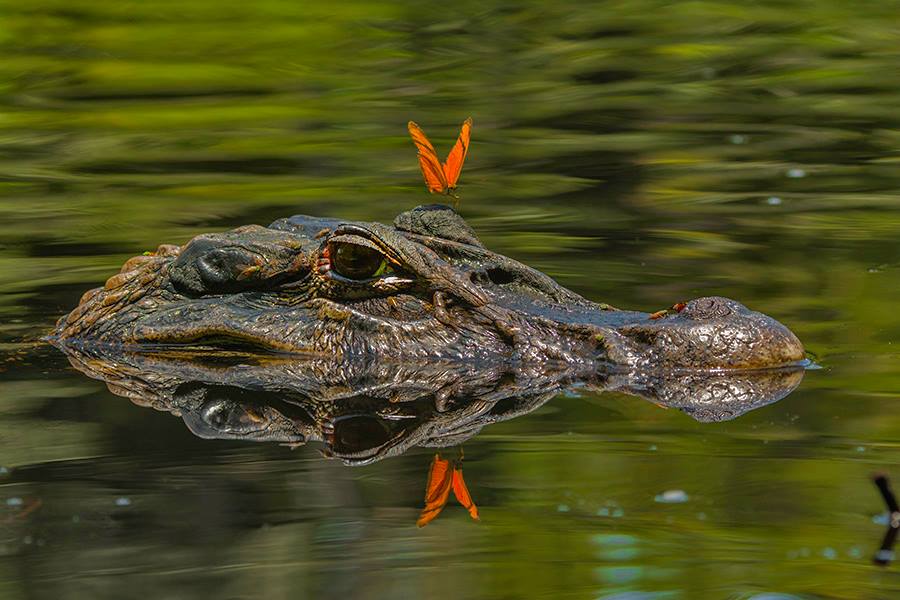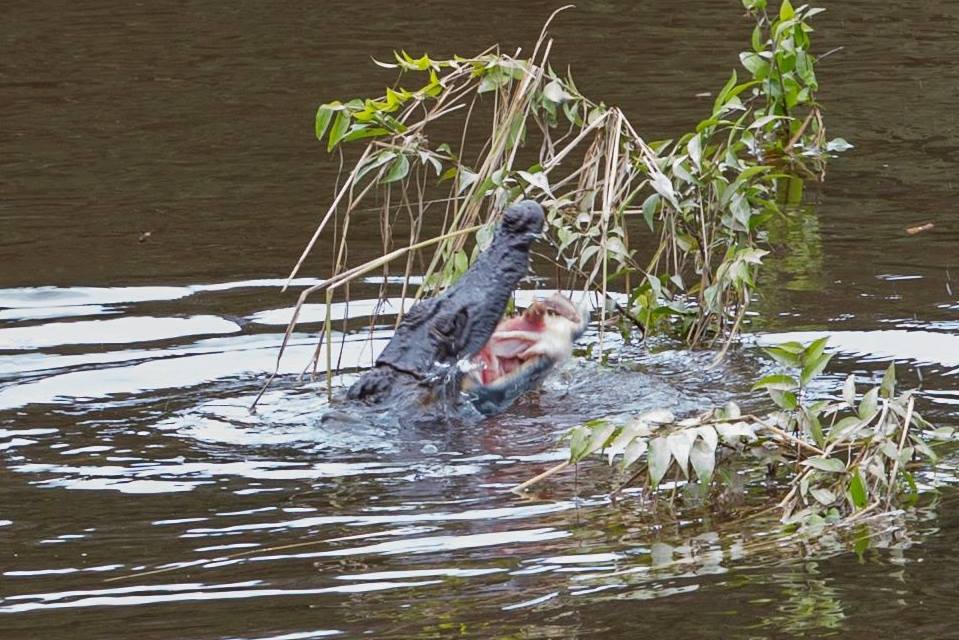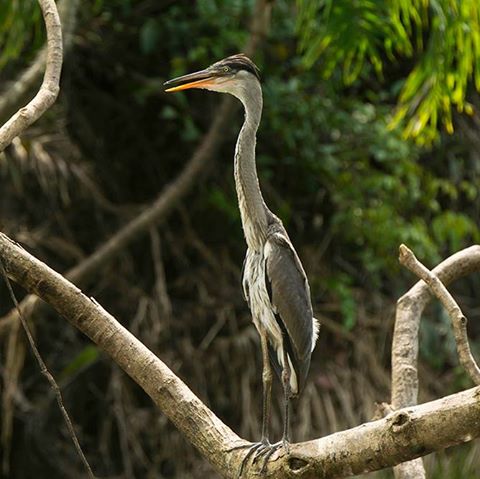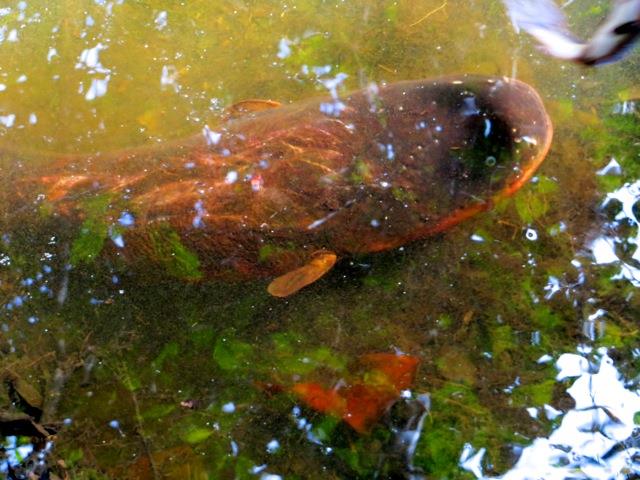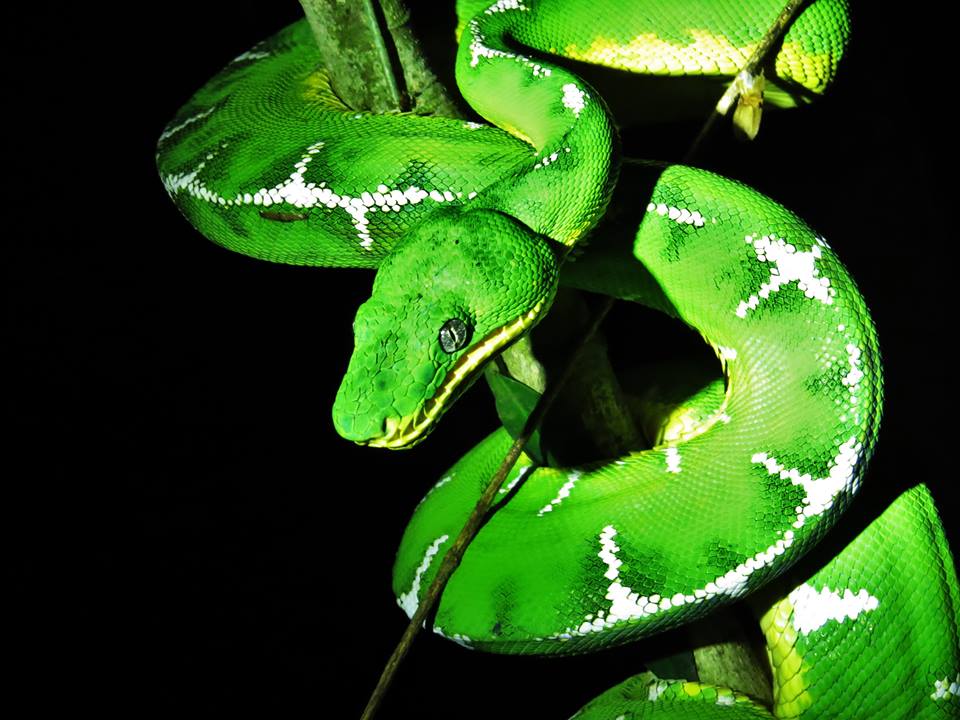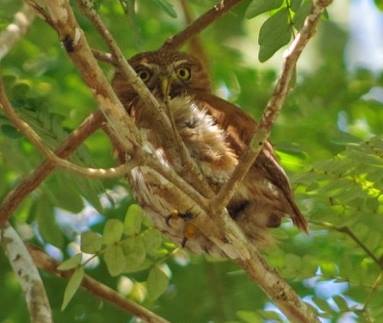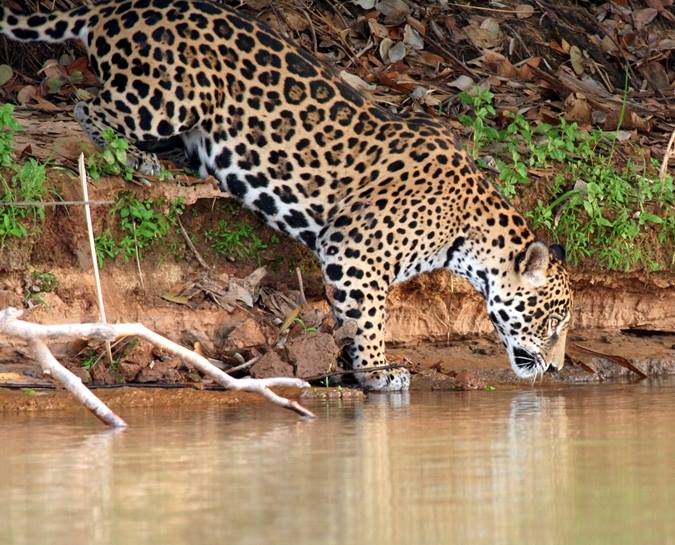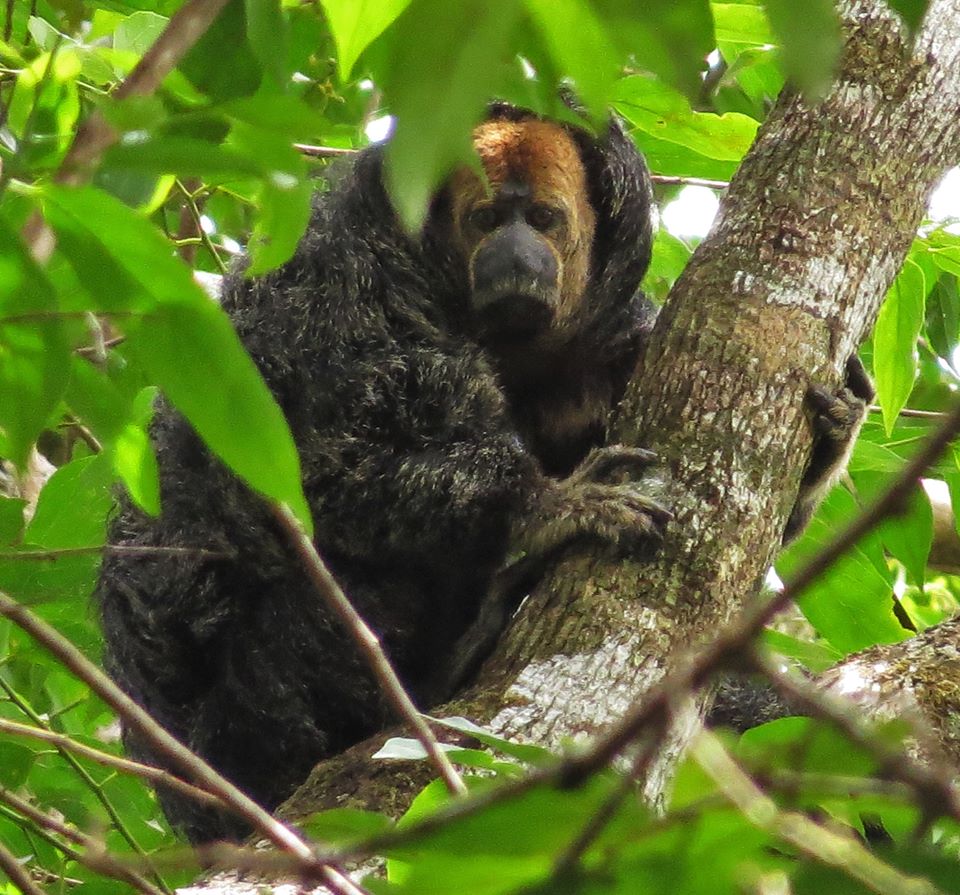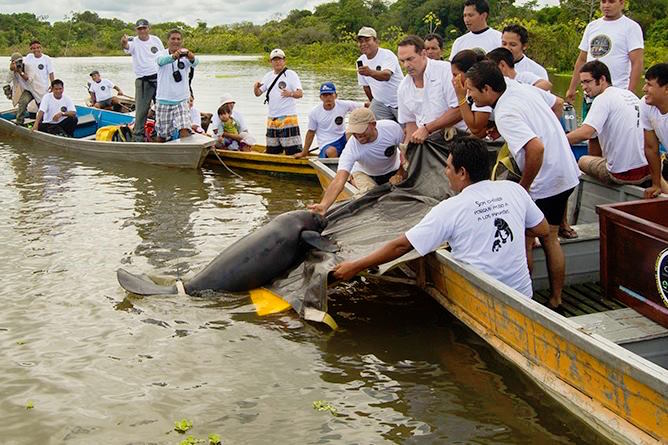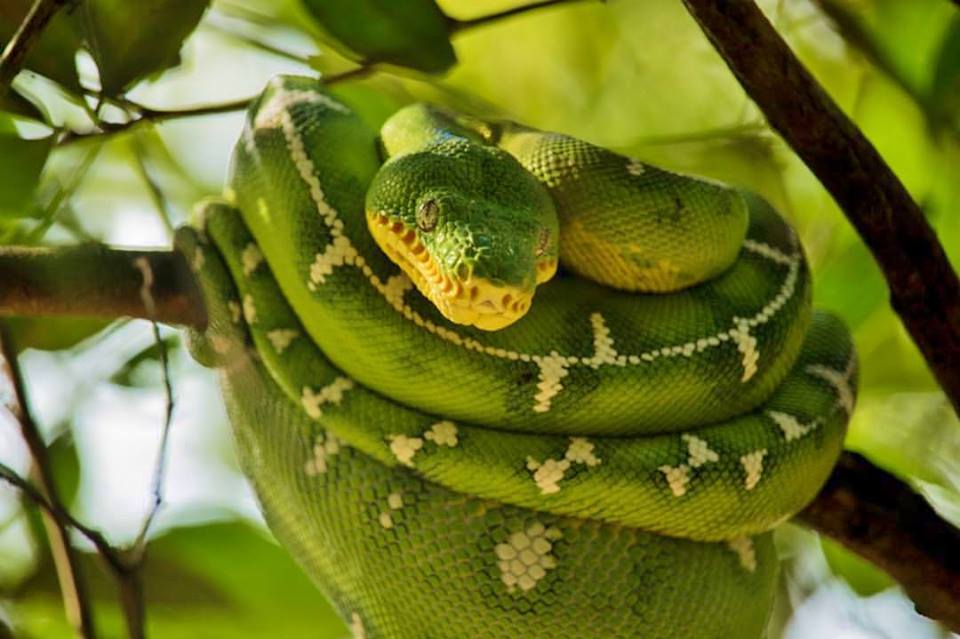A Guide To Tamshiyacu-Tahuayo
The Tamshiyacu - Tahuayo Regional Conservation Area (ACRCTT) is a 1,600-sq mile (2,575 sq km) reserve in the headwaters of the Tamshiyacu and Tahuayo rivers, Amazonian tributaries upriver from Iquitos, extending over the Peruvian department of Loreto.
The area ostensibly comprises floodable and upland forest of the Peruvian Amazon and is known for its high levels of bio-diversity. In 2003, a rapid biology inventory conducted by Chicago's Field Museum found more species of mammals and trees in the ACRCTT than any natural area of its size in the world.
Besides these, hundreds of species of primates, birds, fish and reptiles have been documented, including several that are endemic, as well as either endangered or threatened.
Red bald-headed uakari in Tamshiyacu-Tahuayo.
History of Tamshiyacu-Tahuayo:
Much biological and anthropological research has been conducted in this area since the mid-1970s.
Between 1988 and 1990 the importance of conserving the area was highlighted due its unique and vast biodiversity, especially primates, such as the bald uakari, endemic to Peru.
During the 1980s, in order to stop the exploitation and degradation of natural resources, local villages on the Alto Tahuayo and Blanco Rivers joined together to protect their resources.
They then joined forces with researchers from the United States, the University of Kent, the Wildlife Conservation Society, the Peruvian Instituto Veterinario de Investigaciones Tropicales y de Altura (IVITA), and the Rainforest Conservation Fund to start a program of sustainable development.
Thanks to their lobbying, Peru's Environment Ministry finally declared the Tamshiyacu-Tahuayo a Regional Conservation Area in 2009, managed and funded by the Regional Government of Loreto.
Geography of Tamshiyacu-Tahuayo:
The reserve touches on three provinces in Loreto and comprises rivers, lakes, canals, oxbow lakes, swamps, several types of upland and lowland forests including:
Varzea (rainforest seasonally flooded by whitewater rivers)
Igapo (rainforest seasonally flooded by blackwater rivers
Terra Firme (rainforest that is not flooded at any time of the year).
ACRCTT spans an important flyway of migratory birds, making it a favourite destination for birding.
Climate of Tamshiyacu-Tahuayo:
ACRCTT has annual temperatures ranging from 25 °C (77 °F) to 33 °C (91 °F) and an annual rainfall of 3,000 millimetres (120 inches)
How to Visit Tamshiyacu-Tahuayo:
Although close to the Pacaya-Samiria National Reserve, and excellent for wildlife viewing, the narrowness of the waterways means that Amazon cruises do not visit the ACRCTT.
Instead, there are a handful of lodges operating in or near the reserve, from where visitors can partake in wildlife observation, while boating on rivers, lagoons and oxbow lakes, hiking, camping, and fishing.
The school building in Chino, funded by Tahuayo Lodge.
The best-known is Tahuayo Lodge, 145 km (90 miles) from Iquitos.
Built by biologist Paul Beaver and his Peruvian wife, on the lower Tahuayo River, near the community of Chino, it opened its doors in 1995 and gradually garnered a reputation for the pristineness of the surrounding rainforest, the hospitality offered and the charitable endeavours aimed at assisting the local population.
Jaguar captured on Tahuayo Lodge’s motion-activated camera.
In 2007, the same company opened the Tahuayo River Amazon Research Center (TRARC), a conservation project undertaken in collaboration with Yale University, among other institutions, with a well thought-out system of trails designed to facilitate the viewing of primates.
Motion-activated cameras were later added to the grid to facilitate the study of jaguar population density.
Lodge guests can visit the research center, as well as taking part in adventures ranging from easy wildlife walks or extreme jungle survival courses.
Curassow Lodge has 10 bungalows linked by walkways.
The affordable, but comfortable, Curassow Amazon Lodge, named after the endangered Wattled Curassow (Crax globulosa), is located on the Yanayacu River and has ten private bungalows with bathrooms.
The only electricity is provided by solar panels, so lighting once the sun goes down is provided by atmospheric oil-burning lamps.
Amazon river dolphin.
Also to be found a little further up the Yanayacu River is the intimate Muyuna Amazon Lodge, where dolphins abound and can be listened to using headphones and underwater microphones.
A recent addition to the lodges on the Yanayacu River is Grand Amazon. Founded by five biologists from USA and Peru, they offer a private, naturalist guide to all groups of visitors, however small.
These lodges are either accessed by speedboat from the port of Iquitos; or by driving to Nauta, followed by a shorter boat ride.



